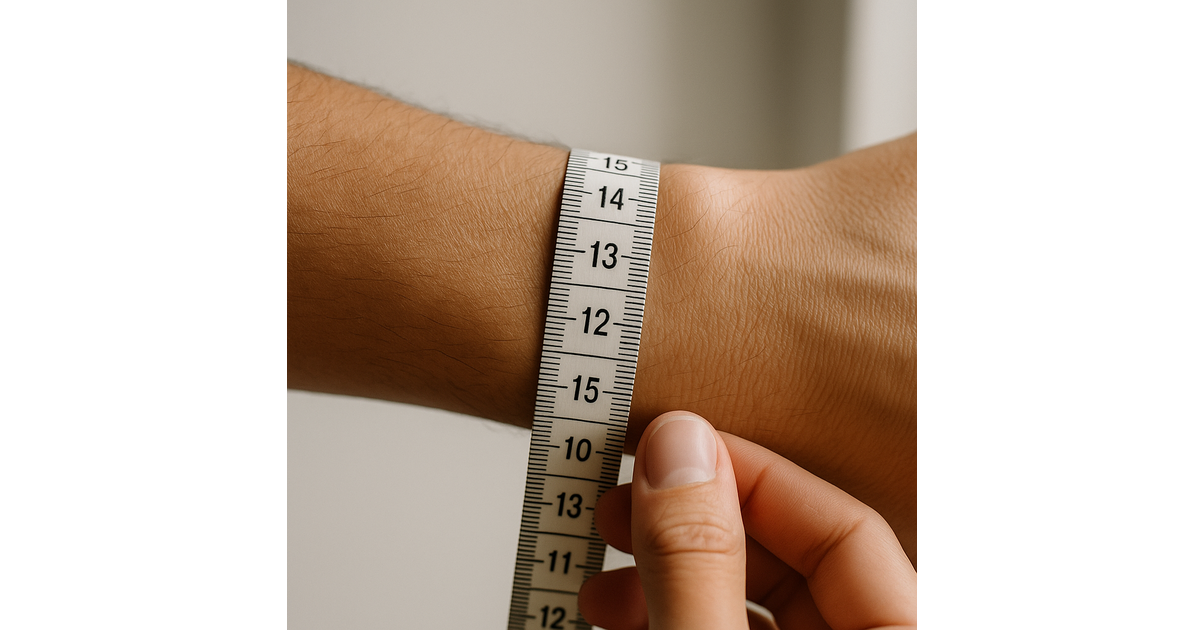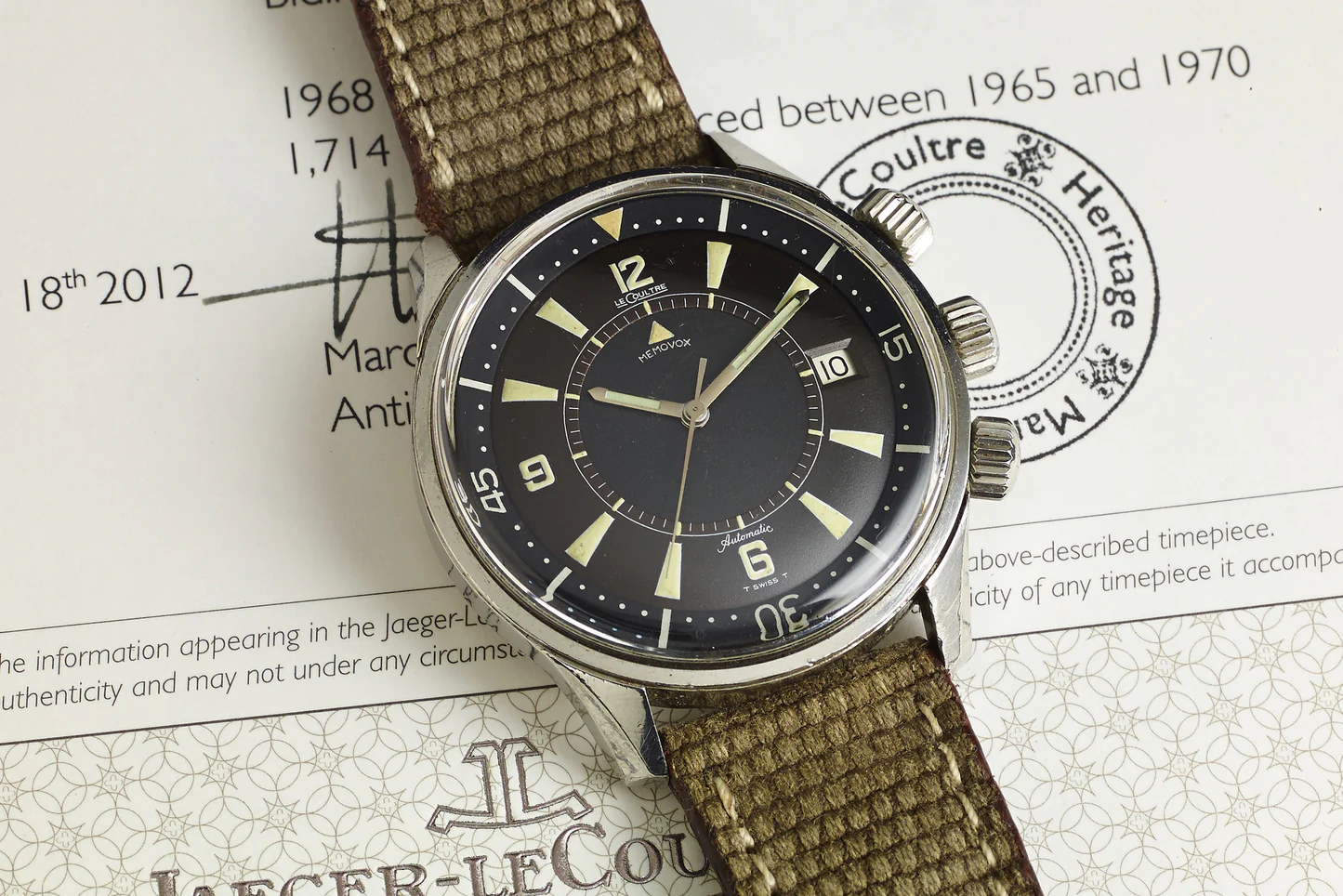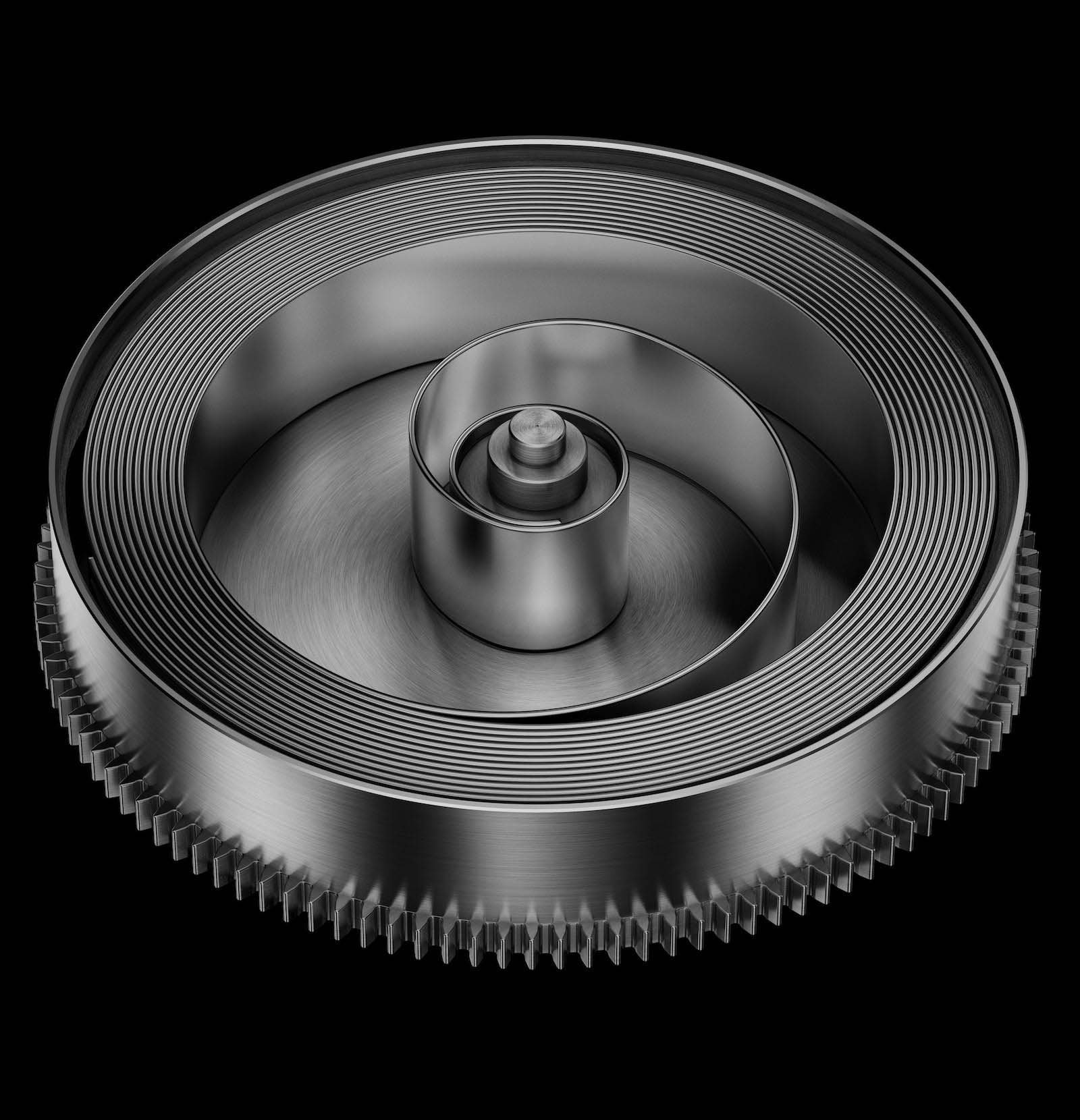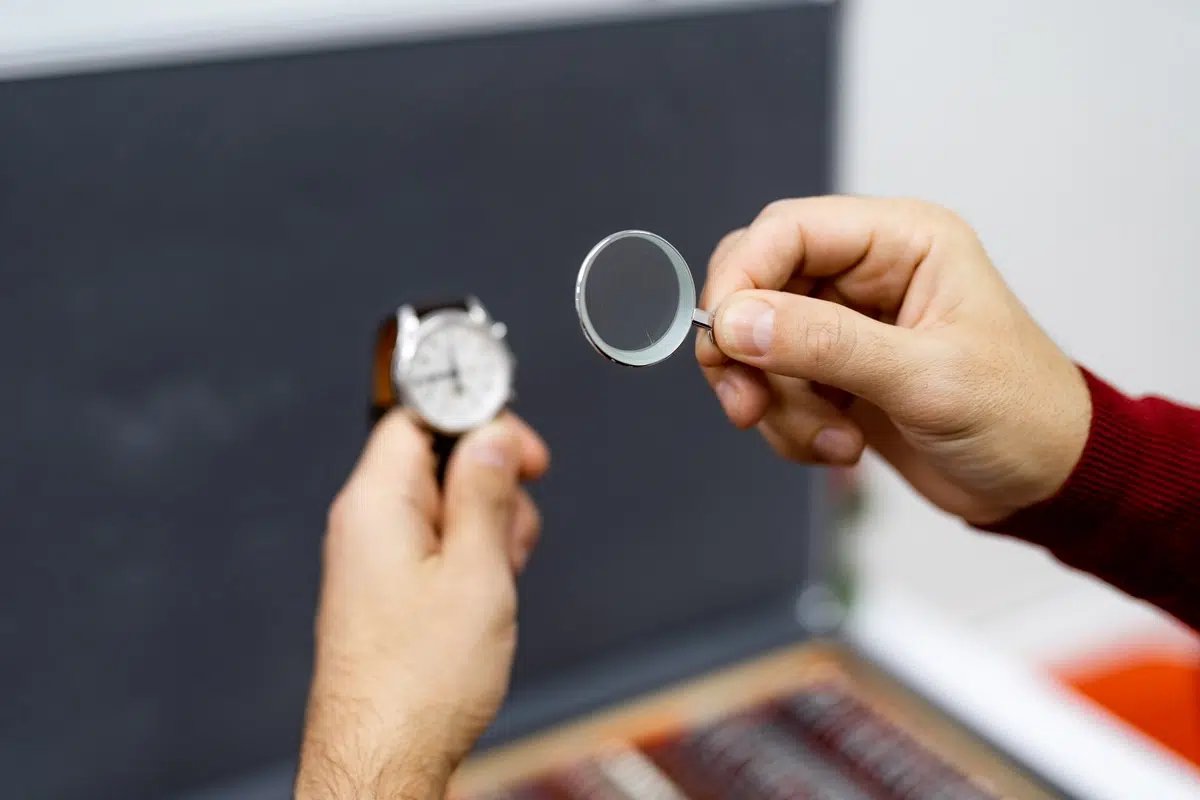Table of Contents
Concrete use cases (lived, not windows)
You run in the morning, keyboard in the afternoon, dodo late. A classic. The 42 mm disappears under the sleeve, does not strike the office, does not sting in pumps. The 46 mm becomes your personal display panel: readable complications, safer navigation, visible coaching at 1 glance. You lose discretion, you gain in efficiency. It’s up to you to decide.
Running & fractional
In fractional, you want a readable screen without lifting your elbow high. 46 mm, clear advantage. But if your wrist is fine, too high a mass adds a microbalancier unpleasant. In our home protocol (VMA and Côtes sessions, an external HR sensor), the compact version tired less the forearm, which we had already noted in this Apple Watch Series 10-same circuits test, same conditions.
Bike & navigation
On a hanger, vibrations, speed, bias sun: your readability is expensive. 46 mm is essential. You read the laps, the look, the card. With gloves, targeting the keys becomes credible. 42 mm? It works, but you are more requesting the zoom and the gestures. Using.
Bureau & Urban
Meetings, emails, slack, without noise or ostentation. There, 42 mm earns points. You keep the notifications useful, you do not transform your round into a bellows. If you are due to the presence of a large screen in town, pass on a fine mesh/steel bracelet: the volume fades, the object remains chic.
Outdoor & long weekend
Hiking, short night, capricious weather. The 46 mm cash. More readable cards, OK gloves, battery a notch above. If you flirt with the “Tool watch” use, you will inevitably look to the more outdoor oriented models. Before that, take a look at our very factual Ultra 3 paper to locate the robust/readability cursor.
Flash buying guide: how to decide without regret
You know your wrist turn. You know if you often read cards/complications. Remains to decide. Simple approach:
- Measure : note your wrist turn. Keeps the value under the eyes.
- Majority use : Sport Data-Heavy? Navigation? Or “Discreet smartwatch”?
- Fitting : In store, wears the two sizes 5 minutes each. Make real gestures (type on the keyboard, raise your arm, pass the sleeve). You see right away. And if you want a panorama of the series and their sizes to cross -check, first consult our technical point on the Apple Watch 11 in order to avoid vintage confusion.
- Bracelet : Choose the material consistent with your daily life. A single “just” bracelet is better than 4 approximations.
Do you still hesitate? Go to the most legible that you tolerate on the wrist. Golden rule. Comfort is adjusted, the narrowed screen. This is a false good idea.
Estimation of sizes by morphology (without bullshit)
You want figures. Here they are – indicativebut useful:
- Tour 130–155 mm : 42 mm almost safe. Only 46 mm if you assume the presence and the test does not knock.
- Tour 155–170 mm : Gray area. If you read a lot and cycle: 46 mm. Otherwise: 42 mm for balance.
- Tour 170–185 mm : 46 mm logic. 42 mm if you are looking for absolute discretion.
- > 185 mm : 46 mm, without debate.
It remains a field rule, proven. Not a marketing PDF.






